For a groom, delving into the world of weddings can be a daunting experience. One of your main wedding responsibilities will be sorting that all-important wedding day attire. But before you get stuck in, it’s time to brush up on your wedding suit terminology to ensure shopping is a breeze!
JACKETS
Tuxedo/tux
The most common type of jacket is the classic tux, which you have probably donned at one time or another for a formal event. If your wedding is more on the black-tie side, this will most likely be your suit jacket of choice. When it comes to choosing your jacket, you can go single-breasted (a one to four-button front) or double (a two to six-button front). As for lapels, opt for peaked, notched or shawl. Don’t worry… we’ve explained these below.
Full dress/tails or tailcoat
Think Fred Astaire and you’re on the right track. A full dress jacket, or ‘tails’ is slightly more cropped at the front, with quite literally, two tails of fabric at the back.
Cutaway/morning coat
A popular choice for weddings, the cutaway jacket is short at the front, and longer at the back, while tapered from the front waist button to a wide back tail. Morning coats are typically black or grey and usually worn with matching striped trousers.
Stroller coat
The semi-formal stroller coat is less formal and cut like a tux, often charcoal grey in colour.
LAPELS
Notched lapel
Considered the least formal lapel style, it features a triangular indent or ‘notch’ where the lapel meets the collar.
Shawl collar
A smooth, rounded lapel without a notch.
Peaked lapel
This V-shaped, broad lapel points up and out just below the collar line.
SHIRT COLLARS
Wing tip collar
This has two pointed ends at the collar and folds down, most often worn with a tuxedo jacket.
Spread collar
The usual button down collar but finished with symmetrical points, which create almost a horizontal line. This collar works well with a standard necktie, tied in a Windsor knot.
Band collar
Perfect for the groom who loves to be a little more relaxed, but maintain an air of formality, this collar has a slight straight stand up tab at your neck and wraps around.
CUFFS
When it comes to cuffs, choose between standard shirt cuffs, closed with cuff links of your choice; French cuffs, which are folded over and fastened with cuff links; and cuffs that close with a button. Cuff links are often a sentimental part of wedding attire so this style of cuff is popular.
TIES
Necktie
With endless tie styles available, the standard necktie is less formal, but still remains a firm favourite with grooms for their day.
Bowtie
A formal choice, the classic bowtie complements the tux perfectly. No longer confined to just black, endless colours and patterns afford the groom the chance to evoke his own sense of personal style.
Euro tie
This is a long, square-bottomed tie, which is already knotted and fastens at the neck, usually worn with a wing collar or spread collar shirt.
THE FINISHING TOUCHES
Waistcoats
Waistcoats still remain a popular choice today, particularly since the groom can remove his jacket and still look formal. Match your waistcoat to the colour of your suit, or go bold with a contrasting style to show off your personality.
Cummerbunds
These pleated bands of fabric are worn around the waist. They’re usually black in colour but can be matched to the wedding theme colour.
Cuff links
Add a personal touch to your wedding ensemble, and keep a perfect momentum of your day. Go classic with standard styles, or opt for a quirky option which reflects a hobby or interest. P.S. they’re a great gift from your bride, so it’s time to start dropping those hints.
While the terminology might seem a tad tough, learn a little lingo and be ahead of the game when it comes to wedding suit shopping.



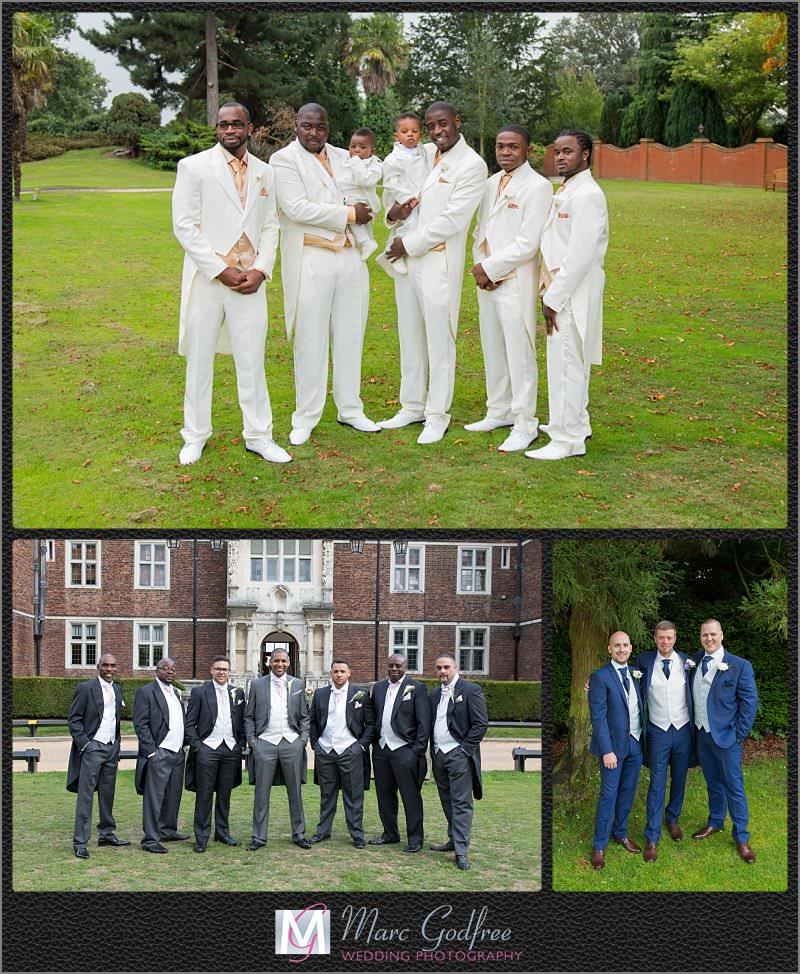
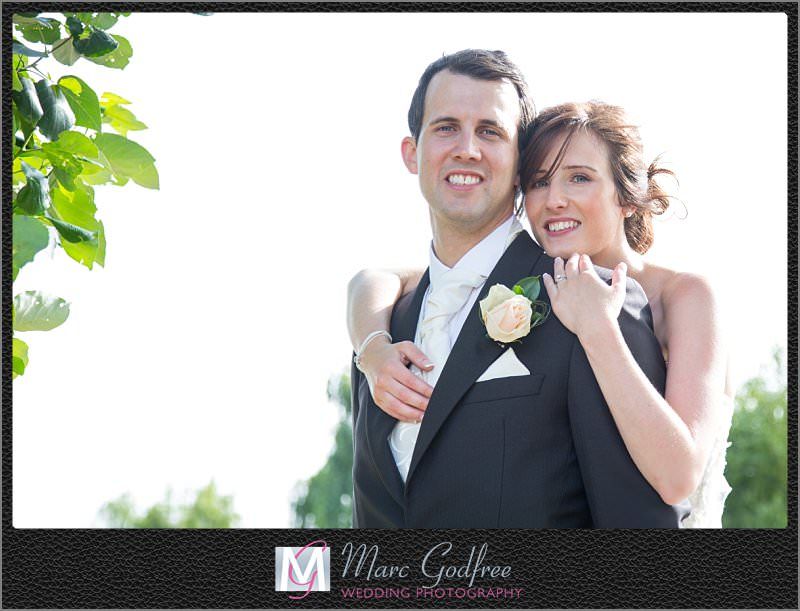
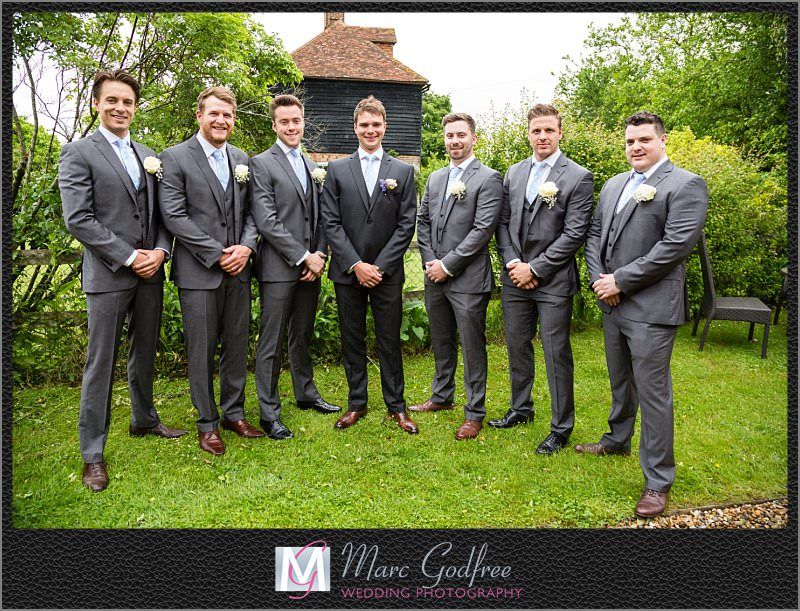
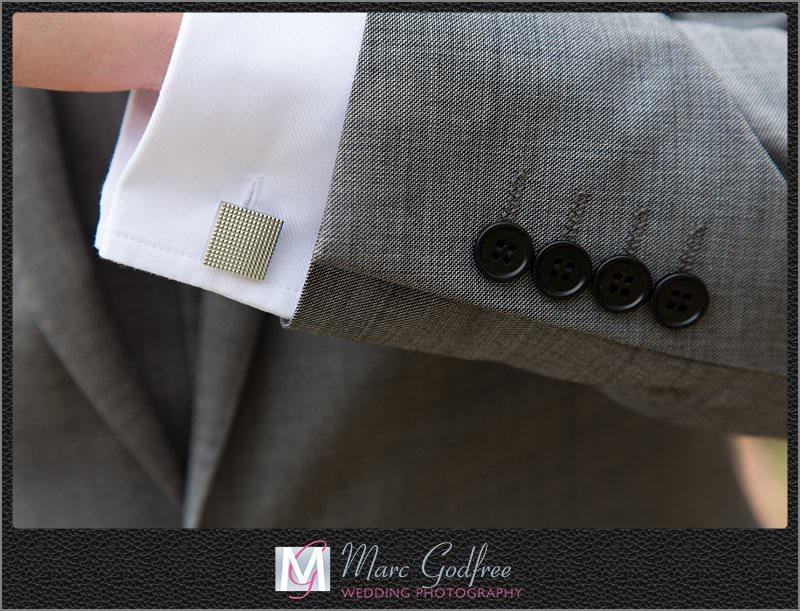
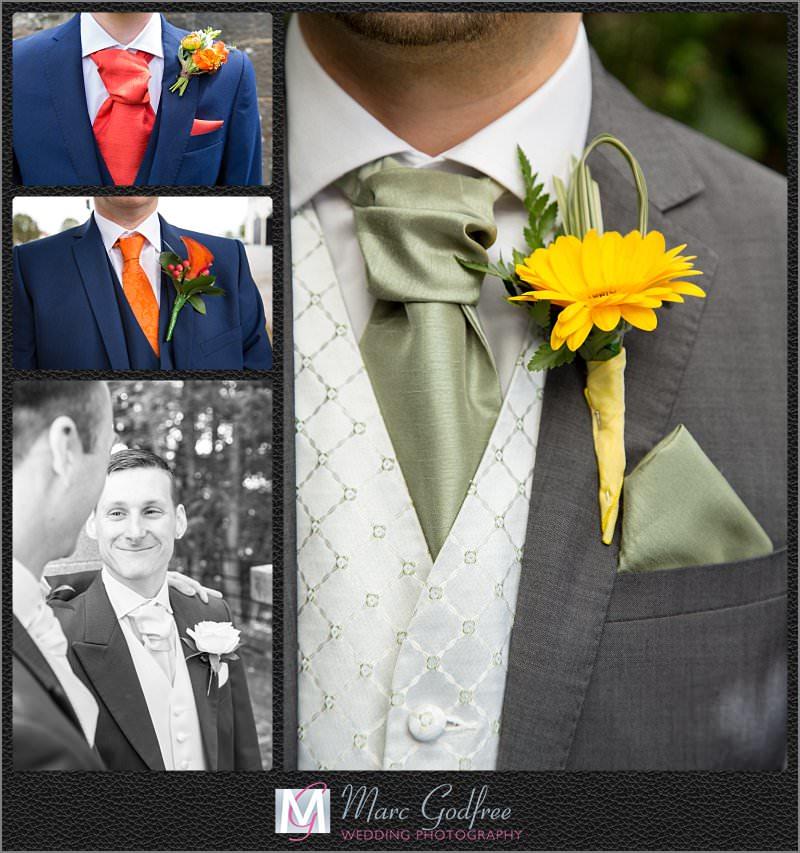

Add Comment